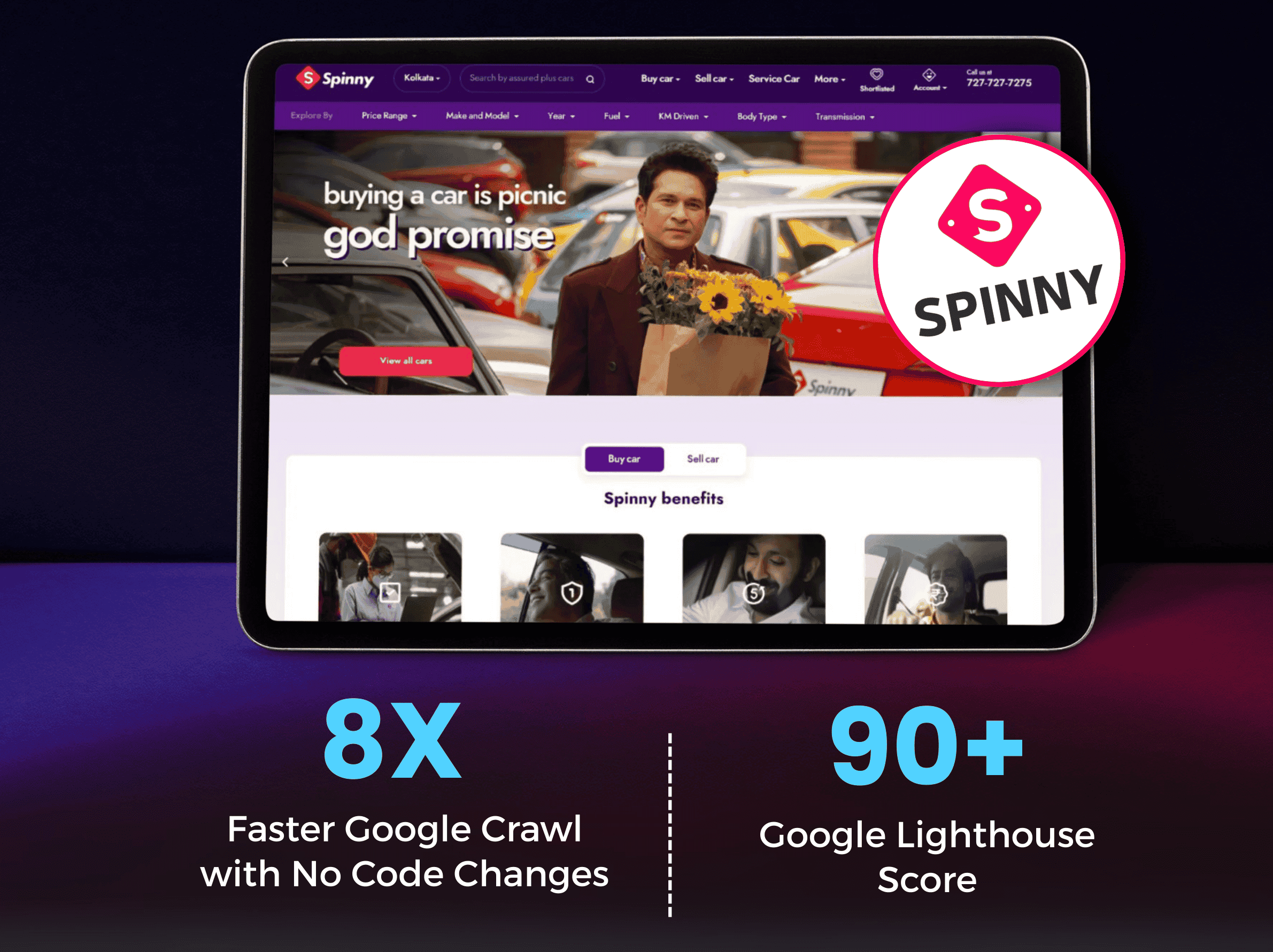
LimeRoad uses N7's AI/ML for Smart Image Delivery to Impress Users
Limeroad is an Indian online marketplace, owned by V-Mart Retail. The company is based in Gurugram, Haryana. It is India's first women's social shopping website. It deals in clothing and accessories for women, men and kids. The portal allows its users to create their own look on a virtual scrapbook by using its products and also allows users to earn from the scrapbook they create.
.png)
Better Optimization of Images
Faster Image delivery
Reduction in Cost
Since implementing N7's Adaptive Image Optimization, the phenomenal improvement in image delivery has helped reduce our image load time significantly, >40% size reduction, without any degradation in perceived image quality for the user. The solution is easy to implement with the N7 team doing all the heavy lifting. The N7 team has been incredibly supportive, promptly addressing our queries and ensuring smooth operations.
Problem Statement
LimeRoad aimed to enhance their shopping experience by decreasing image load times to ensure faster performance and improved conversion rates. Their goal was to maintain high-quality visuals while delivering images in the most optimized format and size across various devices. Additionally, they sought to personalize images to match each user's device, providing a premium, tailored experience. To support their growing image volume, LimeRoad required a scalable solution that could seamlessly integrate with their existing platform.
Our Solution
LimeRoad leveraged N7 Adaptive Image Optimization’s (AIO) real-time image transformation capabilities to resize, compress, and convert images dynamically based on each user’s device specifications, including compute, network, and screen. The managed image optimization solution enabled a seamless onboarding process for LimeRoad’s website images without requiring any code changes. Additionally, N7 AIO utilized next-generation image compression techniques to significantly reduce image sizes while preserving optimal visual quality.
Outcome
The user experience was significantly enhanced with a 75% improvement in image load time. Additionally, a 66% reduction in image sizes was achieved, leading to over 50% operational expenditure savings in content delivery.
LimeRoad uses N7's AI/ML for Smart Image Delivery to Impress Users

.png)

.png)
.png)


